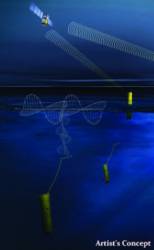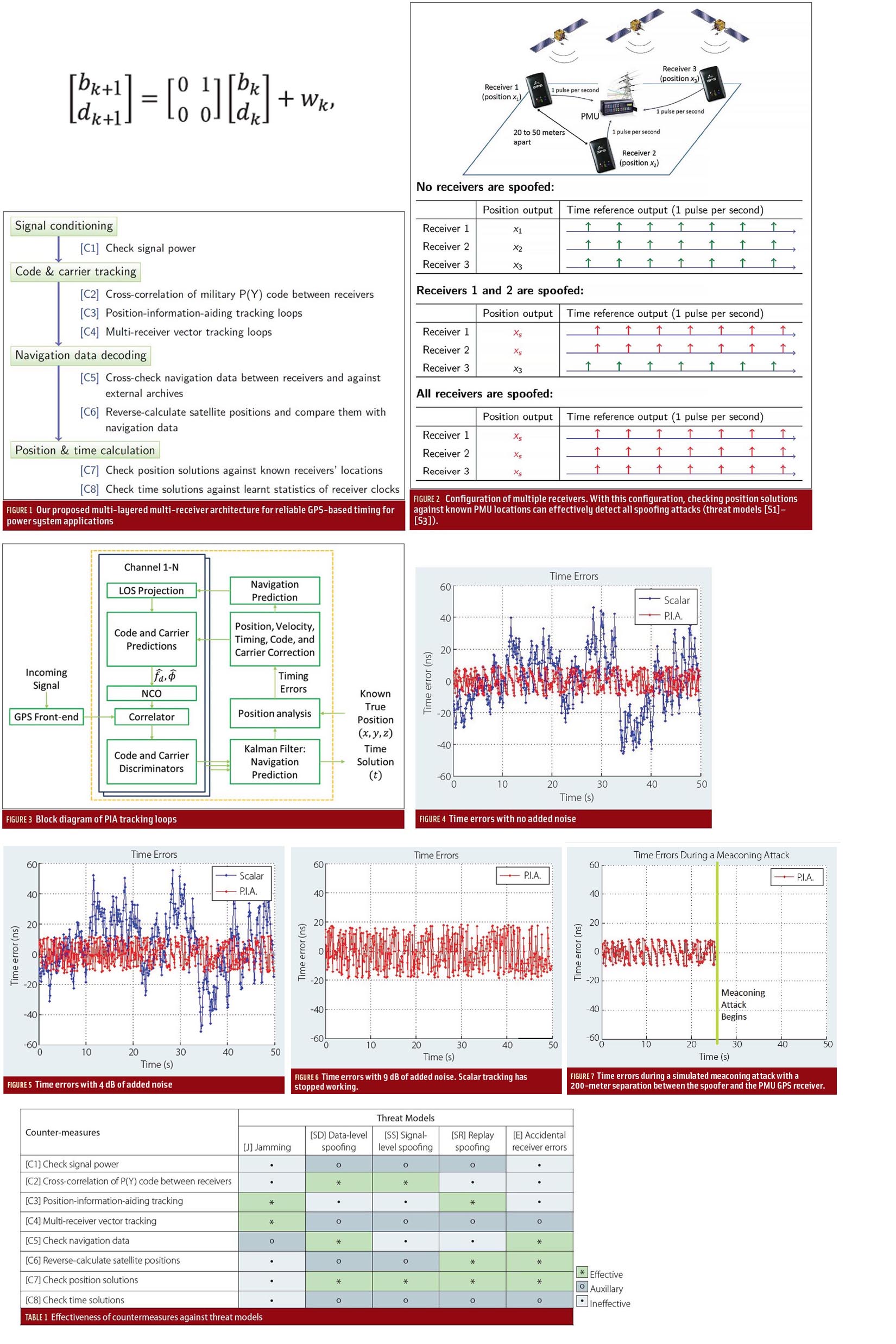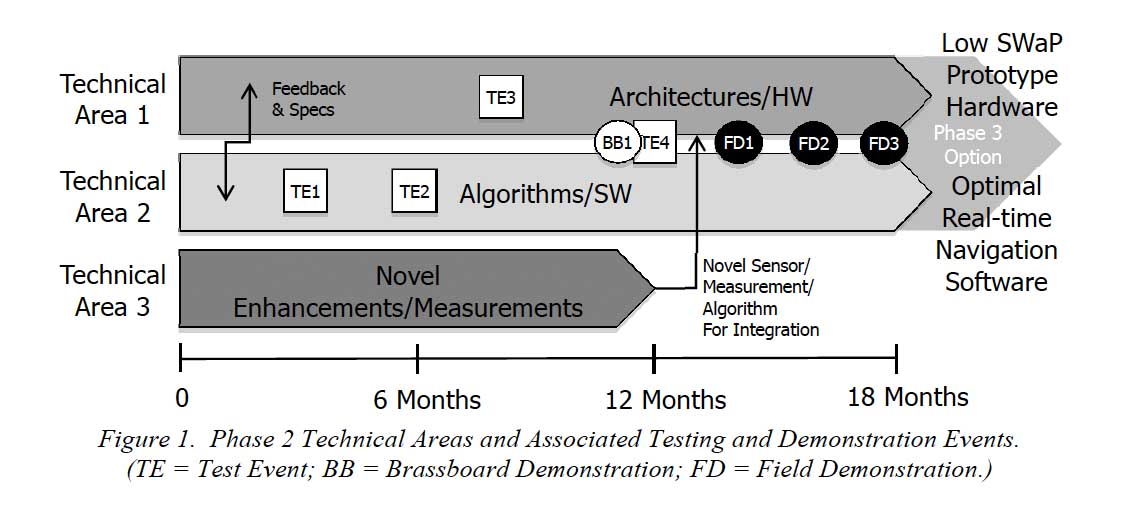 This artist’s concept shows a potential communications application of an upward falling payload.
This artist’s concept shows a potential communications application of an upward falling payload.The pentagon’s most creative research agency is seeking its second round of proposals for a system of deep sea devices that can lie dormant on the sea floor for years and then be triggered from a distance to deploy payloads including air and ocean drones.
The pentagon’s most creative research agency is seeking its second round of proposals for a system of deep sea devices that can lie dormant on the sea floor for years and then be triggered from a distance to deploy payloads including air and ocean drones.
The Defense Advanced Research Projects Agency, or DARPA, is asking for designs for its Upward Falling Payloads (UFP) Program. The goal is to ease the expense and complexity of maintaining a global navy by seeding the seas in advance with less expensive equipment that can be activated as needed. The protective containers or ‘nodes’ are to be concealed on the ocean floor in forward areas. They must be able to rise to the surface (“fall upward”) on command and deliver “a wide range of unmanned and distributed systems to the sub-surface, surface, and air,” according to the request for bids.
The underwater portion of the system has to be able to survive depths of more than 6 km, last up to 5 years, and be operational no more than two hours after being directed to surface from the seafloor. The contents of the bottom-dwelling storage lockers will be non-lethal, according to DARPA but their capabilities are being kept close to the vest by program managers.
This is actually the second phase of the program. During the first phase, which began last year, more than 10 study and design teams worked to determine payload missions, approaches for long-range communications, deep-ocean high-pressure containment, and techniques for payload launch. The agency now wants proposals in two areas: 1) the development and demonstration of the storage node and the ‘riser’ or surfacing system and 2) the design and development of the communication technology. Integrating the two will take place in Phase 3, which potential prime contractors can include in their Phase 2 proposals if they wish.
Teams pursuing the contract are to demonstrate their systems in 2016.
The proposals are due on May 21. Information is available here.




